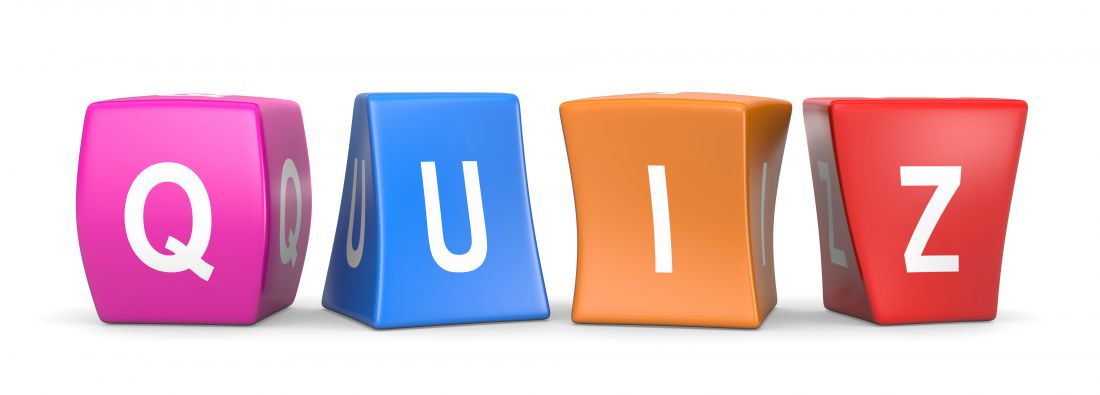Kiedy zmieniamy mowę czynną na zależną, relacjonując czyjąś wypowiedź, oprócz następstwa czasów musimy wprowadzić tzw. zmiany dodatkowe. Mowa zależna wymaga zmiany niektórych przysłówków czy zaimków, tak aby całość dostosować do następstwa czasów. Zmiany zależne są od tego kto jest autorem danej wypowiedzi, czy ma ona podane ramy czasowe, kiedy wypowiedź ma miejsce i jak dużo czasu upłynęło od wypowiedzenia pierwszego zdania.
Najbardziej powszechne zmiany to:
Np.: „I saw him here yesterday” Tina said. – Widziałam do tutaj wczoraj – powiedziała Tina.
Tina said that she had seen him there the day before. – Tina powiedziała, że widziała go tam dzień wcześniej.
Czym większy czas upływa od pierwszej wypowiedzi, tym bardziej musimy cofnąć ramy czasowe. Tak więc jeśli cytowana wcześniej wypowiedź relacjonowana będzie w kolejne, konsekutywne dni, słowo „yesterday” będzie cofnięte na „the day before”, potem na „two days before”, „three days before” etc.
Analogicznie, przykładowe zdania w mowie zależnej będą brzmieć:
Maria said that she was there.
Robert told her that he was doing it the following week.
George said that he had that there.
My mother said that those flowers were lovely.
His wife said that Ted wanted to go then.
W mowie zależnej oprócz zmian czasów konieczne jest również dostosowanie zaimków oraz przysłówków i zaimków wskazujących. Dzięki temu przekaz zachowuje sens oryginału.
| Direct | Reported |
|---|---|
| I | he / she |
| me | him / her |
| my | his / her |
| we | they |
| us | them |
| our | their |
| you | I / you |
| this | that |
| these | those |
Prawidłowa zamiana zaimków i przysłówków w mowie zależnej jest kluczowa dla zachowania poprawnego odniesienia do osób, miejsc i czasu w przekazie.

She said, “I am here now.”
→ She said she was ____ then.
He said, “Give me the book.”
→ He said to give ____ the book.
They said, “This is my car.”
→ They said that was ____ car.
She said, “We saw these birds.”
→ She said they had seen ____ birds.
He said, “I will come tomorrow.”
→ He said he would come ____.
She said, “We left yesterday.”
→ She said they had left ____.
She said, “I told you the truth.”
→ She said she had told ____ the truth.
He said, “I like this house.”
→ He said he liked ____ house.
She said, “It is here.”
→ She said it was ____.
She asked, “Can you do it?”
→ She asked if I could do ____.